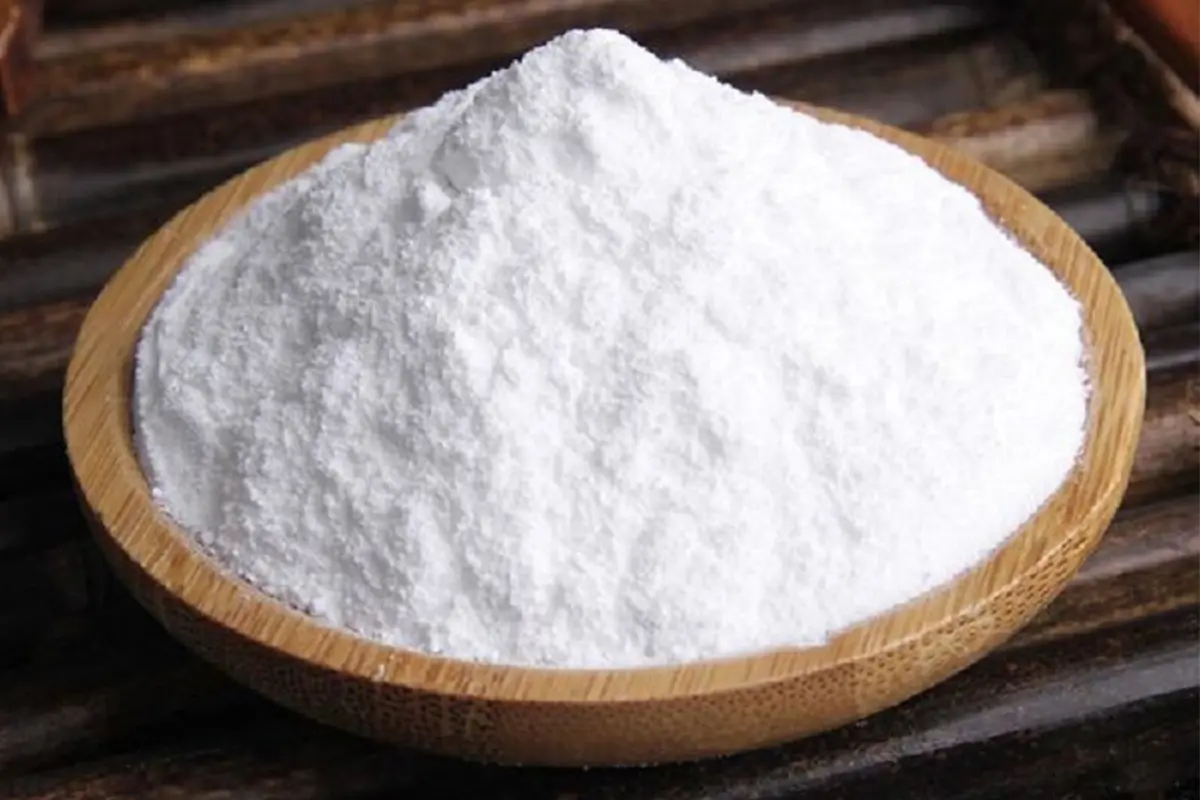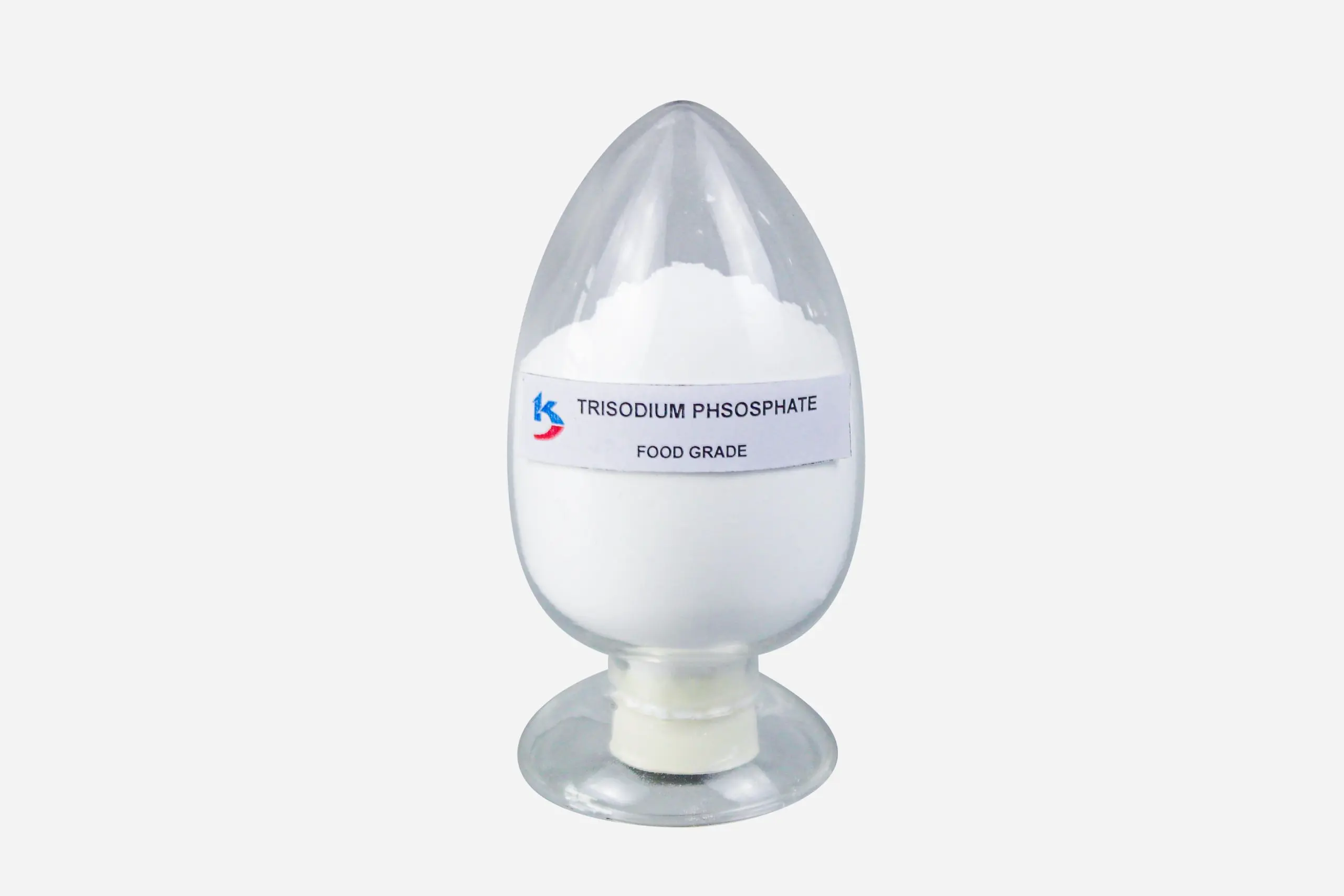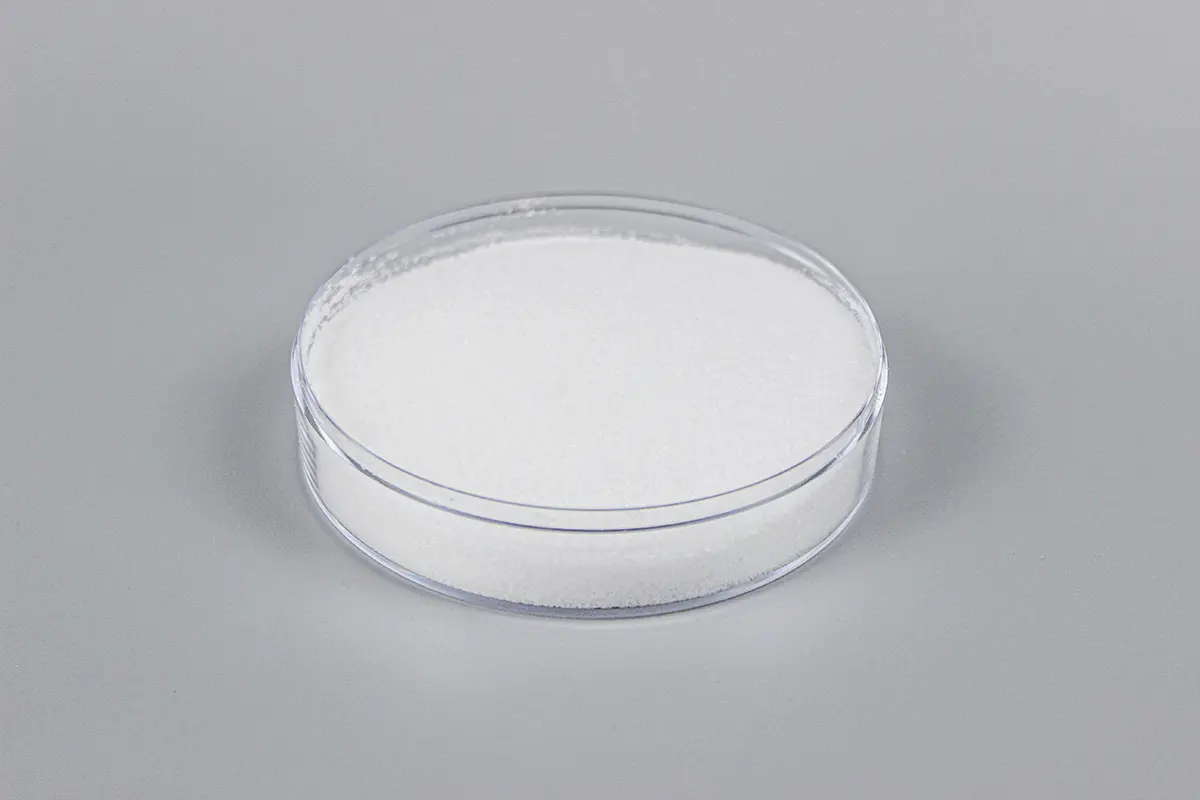Have you ever looked closely at the ingredients list on your favorite box of cereal? You might find some unfamiliar names, and one that sometimes pops up is trisodium phosphate. This article will break down what trisodium phosphate is, why it’s used in food, particularly cereal, and whether there are any health risks you should be aware of. Understanding what’s in your food is important for making informed choices, so let’s dive into the world of phosphate additives.
What Exactly is Trisodium Phosphate and What is Phosphate?
At its core, trisodium phosphate is an inorganic chemical compound. To understand it better, let’s first talk about phosphate. Phosphate is a salt of phosphoric acid, containing phosphorus, an essential mineral that plays a vital role in many bodily functions, including bone health and energy production. Trisodium phosphate, often abbreviated as TSP, is a specific type of sodium phosphate. This means it’s a phosphate combined with sodium. Think of it like this: phosphate is a family, and trisodium phosphate is one member of that family. Other members you might hear about include dipotassium phosphate or monocalcium phosphate. These different types have varying chemical structures and are used for different purposes in various industries.
In the context of food, phosphate additives like trisodium phosphate are used for several reasons. While phosphorus is naturally present in many foods contain, the phosphate used as an additive is typically produced industrially. It’s important to distinguish between naturally occurring phosphate and added phosphate when considering their impact on our health. Understanding the difference between these forms of phosphate is key to navigating discussions about phosphate in food.
Why is Phosphate Added to Food, Especially Cereal?
The food industry uses phosphate additives like trisodium phosphate for a variety of purposes. In cereal, phosphate can act as an emulsifier, helping to blend ingredients that wouldn’t normally mix well, like oil and water. It can also serve as a leavening agent, contributing to the texture of certain types of baked goods, including some cereals. Another important function is pH adjustment; phosphate additives help to control the acidity or alkalinity of the food products, which can impact taste, texture, and shelf life. In some cereals, trisodium phosphate might be used to enhance the cereal color or to prevent clumping.
Beyond cereal, you’ll find phosphate additives are used in a wide range of processed food. In processed meat, for instance, they can help retain moisture, improve texture, and enhance the color. In baked goods, different phosphate compounds can act as leavening agents. The versatility of phosphate makes it a common ingredient in the food supply. However, the widespread use of phosphate additives raises questions about our overall phosphate intake and potential health risk. It’s worth noting that the phosphate is used in relatively small amounts, but because it’s present in so many types of food, the cumulative effect is what often concerns health professionals.
| Function of Phosphate Additives | Examples in Food |
|---|---|
| Emulsifying | Processed cheeses, sauces |
| Leavening | Cakes, breads, some cereals |
| pH Adjustment | Beverages, canned goods |
| Moisture Retention | Processed meats |
| Color Enhancement | Some cereals, processed fruits and vegetables |
| Prevents Caking | Powdered mixes |
Is Trisodium Phosphate in Cereal a Common Food Additive?
While not every cereal brand contains trisodium phosphate, it is indeed a common food additive found in various types. You’re more likely to find it in ready-to-eat cereals, particularly those that are highly processed or have added colors or flavors. Checking the ingredient list is the best way to know for sure if your favorite cereal contains trisodium phosphate. Look for the term "trisodium phosphate" or other phosphate-based food additives.
The prevalence of phosphate additives isn’t limited to cereal. They are widely used in many common food items, including baked goods, processed meat, cheeses, and even some beverages. This widespread use means that many people are consuming phosphate additives on a daily basis without even realizing it. Understanding how frequently trisodium phosphate is a common ingredient can help consumers make more informed decisions about their dietary choices and manage their overall phosphate consumption.

Is Trisodium Phosphate Bad For You? Understanding the Health Risk
The question of whether trisodium phosphate is bad for you is a complex one. The Food and Drug Administration (FDA) in the U.S. classifies trisodium phosphate as "generally recognized as safe" (GRAS) when used according to good manufacturing practices. This means that the fda considers trisodium phosphate is safe for its intended uses in food. However, concerns arise when we consider the total phosphate intake from all sources, including phosphate additives.
Excessive phosphate consumption has been linked to an increased risk of various health problems. One major concern is its impact on kidney health. The kidneys play a crucial role in regulating phosphorus levels in the body. When we consume large amounts of inorganic phosphate from food additives, it can put a strain on the kidneys, especially for individuals with existing kidney disease or chronic kidney disease. High levels of phosphate in the blood (serum phosphate levels) have also been associated with an increased risk of cardiovascular disease. Furthermore, too much phosphate could interfere with the absorption of calcium, potentially leading to calcium loss from the bones and impacting bone health. Some studies have even suggested a link between high phosphate levels have been linked to increased mortality. Therefore, while the fda deems trisodium phosphate safe in specific amounts, the cumulative effect of phosphate additives in our diet warrants attention. It’s important to note that the phosphate naturally occurring in foods contain is generally less of a concern because it’s absorbed more slowly and efficiently by the body.
What Does the Food and Drug Administration (FDA) Say About Sodium Phosphate? Is it Safe to Consume?
As mentioned earlier, the Food and Drug Administration (fda) in the United States classifies trisodium phosphate and other sodium phosphate food additives as "generally recognized as safe" (generally recognized as safe). This designation means that a panel of qualified experts has determined that the substance is safe under the conditions of its intended use. The fda sets limits on the levels of phosphate allowed in certain food products to ensure safety.
However, the GRAS designation doesn’t mean there are absolutely no risks associated with phosphate. The concern lies primarily with the overall increase in dietary phosphate due to the widespread use of these additives. The National Institutes of Health (NIH) also provides information on phosphorus and its role in the body, highlighting the importance of maintaining a balance. While the fda considers trisodium phosphate is a food ingredient that is safe to consume in regulated amounts, it’s essential for consumers to be aware of their total phosphate intake, especially if they have pre-existing health conditions like kidney disease. The ongoing research into the long-term effects of high phosphate diets underscores the need for moderation and awareness. It is important to differentiate between food-grade sodium phosphate and industrial grades, as only the former is intended for consumption.
What Foods That Contain Sodium Phosphate Besides Cereal Should I Know About?
Beyond cereal, many other foods contain sodium phosphate and other phosphate additives. These include:
- Processed Meats: Such as ham, bacon, sausages, and deli meats often use phosphate to retain moisture and improve texture.
- Baked Goods: Many commercially produced breads, cakes, and pastries contain phosphate as a leavening agent or to improve texture.
- Processed Cheeses: Phosphate acts as an emulsifier in processed cheeses like cheese slices and spreads.
- Fast Food: Many fast food items, from burgers to chicken nuggets, may contain phosphate additives.
- Beverages: Some bottled and canned beverages use phosphate for pH adjustment.
- Snack Foods: Crackers, chips, and other processed snacks may contain phosphate.
Being aware of these common sources of phosphate additives can help individuals make informed choices about their diet. Reading food labels carefully is crucial for identifying foods that contain sodium phosphate and other phosphate compounds. Understanding that phosphate is a common food additive across a wide range of food products emphasizes the importance of considering overall dietary intake.

How Much Phosphate Consumption is Too Much? What is a Safe Intake of Phosphate?
Determining a precise safe intake of phosphate is challenging as individual needs vary. The recommended dietary allowance for phosphorus (the element in phosphate) for adults is around 700 milligrams per day, according to the National Institutes of Health. However, this recommendation doesn’t specifically address the intake of inorganic phosphate from food additives, which is absorbed more readily by the body.
Many experts believe that the average phosphate consumption in Western diets is already quite high due to the prevalence of phosphate additives. Excessive phosphate intake can lead to health concerns, particularly for individuals with kidney problems. When the kidneys aren’t functioning properly, they can’t effectively remove excess phosphate from the blood, leading to high levels of phosphates. While there isn’t a universally agreed-upon upper limit for phosphate additives, it’s generally advisable to minimize their intake. Focusing on whole, unprocessed foods contain naturally occurring phosphate is a healthier approach. Individuals with kidney disease or other health conditions should consult with their doctor or a registered dietitian about their specific phosphate diet needs.
Are There Potential Long-Term Health Risk Associated with Phosphate Additives?
Emerging research suggests potential long-term health risk associated with consistently high intake of phosphate additives. Studies have linked to an increased risk of cardiovascular disease, as high serum phosphate levels can contribute to calcification of blood vessels. Calcification is the buildup of calcium phosphate and other minerals in soft tissues, which can stiffen arteries and increase the risk of heart attacks and strokes.
Furthermore, high phosphate intake has been associated with bone health issues. While phosphorus is essential for bone health, an imbalance, particularly with insufficient calcium, can lead to calcium loss from the bones and an increased risk of osteoporosis. Some research also indicates a potential link between high phosphate intake and the progression of kidney disease. A hormone called fibroblast growth factor 23 (FGF23), which regulates phosphate levels, is elevated in people with high phosphate intake and has been independently associated with adverse health outcomes. While more research is needed to fully understand the long-term effects of phosphate additives, the existing evidence suggests that limiting their intake is a prudent approach to protect long-term health and minimize potential health risks. The interplay between sodium and phosphate also warrants consideration, as high intake of both can contribute to cardiovascular issues.
How Can I Identify Phosphate as a Food Additive on Food Labels?
Identifying phosphate as a food additive on food labels requires a bit of attention. Manufacturers are required to list all ingredients, including additives. Look for the following terms in the ingredient list:
- Trisodium Phosphate
- Sodium Phosphate (this can refer to various forms)
- Monosodium Phosphate
- Disodium Phosphate
- Tricalcium Phosphate
- Potassium Phosphate (this can also refer to various forms, such as Dipotassium Phosphate)
- Sodium Acid Pyrophosphate
- Tetrasodium Pyrophosphate
Sometimes, manufacturers might use abbreviations, though this is less common for phosphate. Familiarizing yourself with these terms will help you identify foods contain phosphate additives. It’s also worth noting that some labels may simply state "phosphate" followed by a more specific name. Being proactive in reading labels is the best way to manage your intake of phosphate additives.
What are the Key Things to Remember About Trisodium Phosphate in Food?
- Trisodium phosphate is a type of sodium phosphate, a common phosphate additive used in processed food, including some cereal.
- Phosphate additives serve various functions, such as emulsifying, leavening, and adjusting pH.
- While the FDA considers trisodium phosphate "generally recognized as safe," concerns exist regarding overall high phosphate intake.
- Excessive phosphate consumption has been linked to potential health risk, including kidney problems, cardiovascular issues, and bone health concerns.
- Many foods contain phosphate additives, including processed meat, baked goods, and processed cheeses.
- Reading food labels carefully is crucial for identifying phosphate as a food additive.
- Maintaining a balanced diet with a focus on whole, unprocessed foods contain naturally occurring phosphate is generally recommended.
- Individuals with kidney disease or other health conditions should be particularly mindful of their phosphate intake.
By understanding what trisodium phosphate is and its potential effects, you can make more informed choices about the foods you consume and prioritize your health. Consider exploring options from companies like Kands Chemical, who provide a range of chemical compounds, to understand the broader context of these substances. You might also be interested in learning about other food additives like Sodium Bicarbonate or Potassium Chloride. Even seemingly simple ingredients like Calcium Acetate have interesting applications. Remember, knowledge is key to making healthy choices!

Post time: Jan-03-2025










